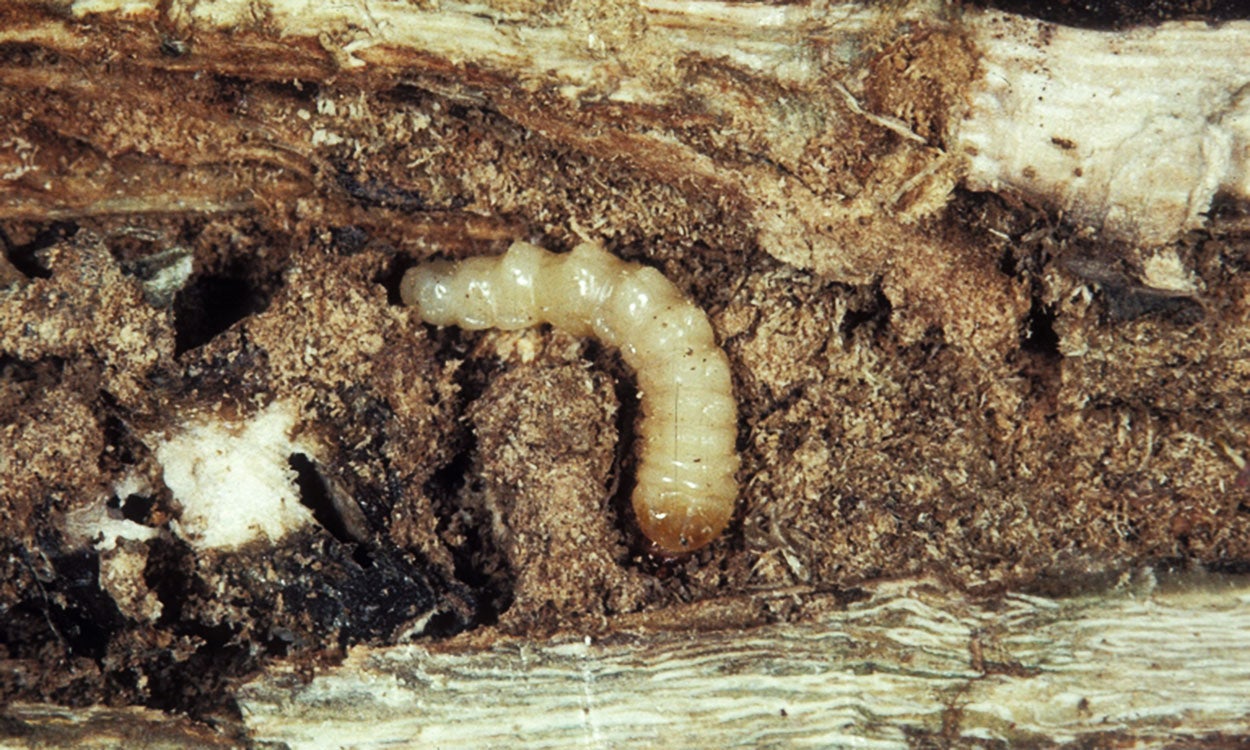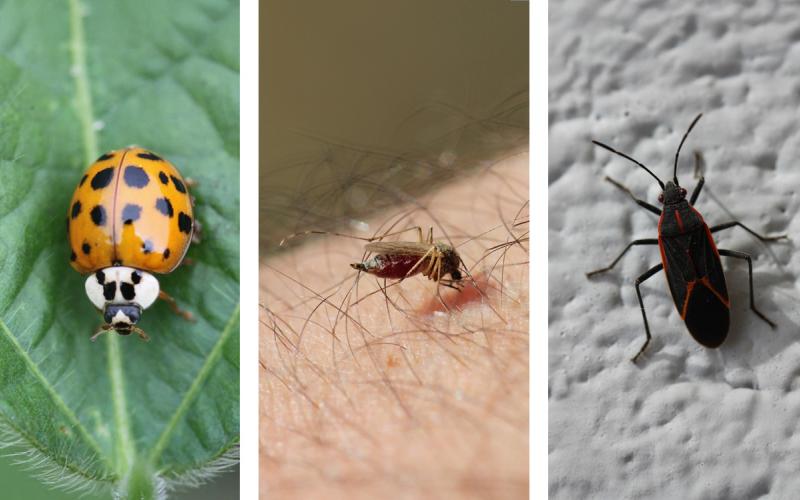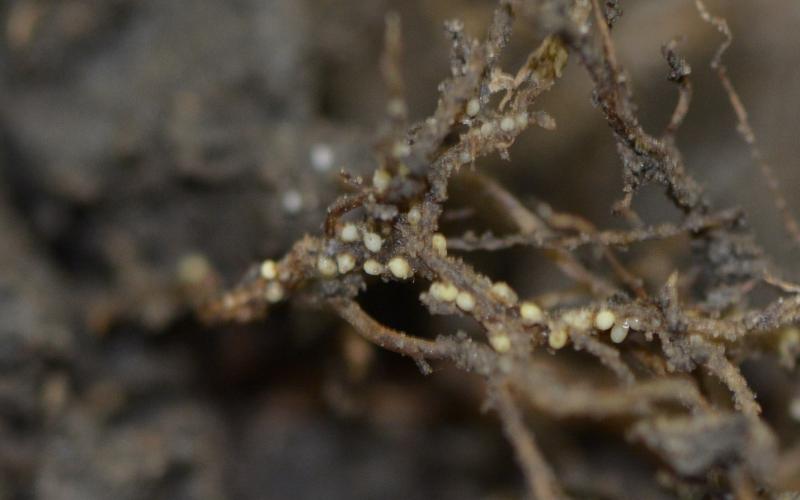Written collaboratively by Adam Varenhorst, Philip Rozeboom, Patrick Wagner, and Brad McManus.
Originally Submitted: June 26, 2023
For the last few years, we have received an increase in the number of Dectes stem borer reports in soybean. Through a grant funded by the South Dakota Soybean Research and Promotion Council, we are surveying soybeans across eastern South Dakota for Dectes stem borer. To date, we have observed Dectes stem borer adult activity in the southeastern portion of the state. We will continue scouting for the rest of the season to determine what counties have the highest risk for Dectes stem borer issues in soybean.
Identification
Adults

Adult Dectes stem borers are light gray and approximately three-eighths of an inch long. They have long antennae with segments that alternate gray and black in color (Figure 1).
Larvae

The larvae are cream colored and often are referred to as having an accordion-shaped body (Figure 2). The larvae range from one-half to five-eighths of an inch long. The larvae observed in soybean stems will be smaller than those observed in sunflower stems.
Management
Due to the prolonged emergence of adult Dectes stem borers in June through July, it is difficult to reduce populations using foliar insecticides. During 2023, we will be testing several insecticide products applied during July to determine if any provide adequate protection of soybeans. We will provide results when the study is completed.


